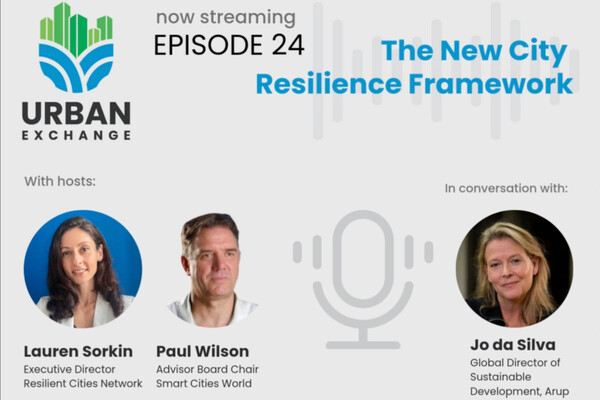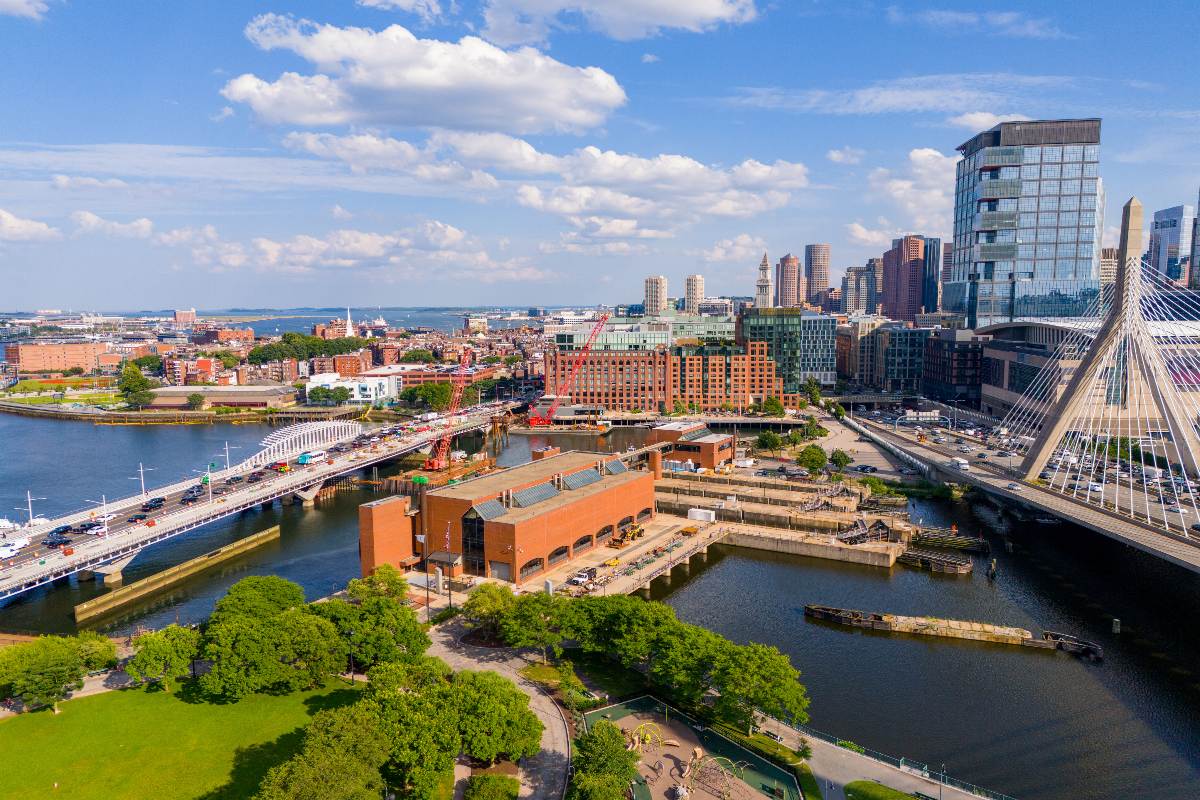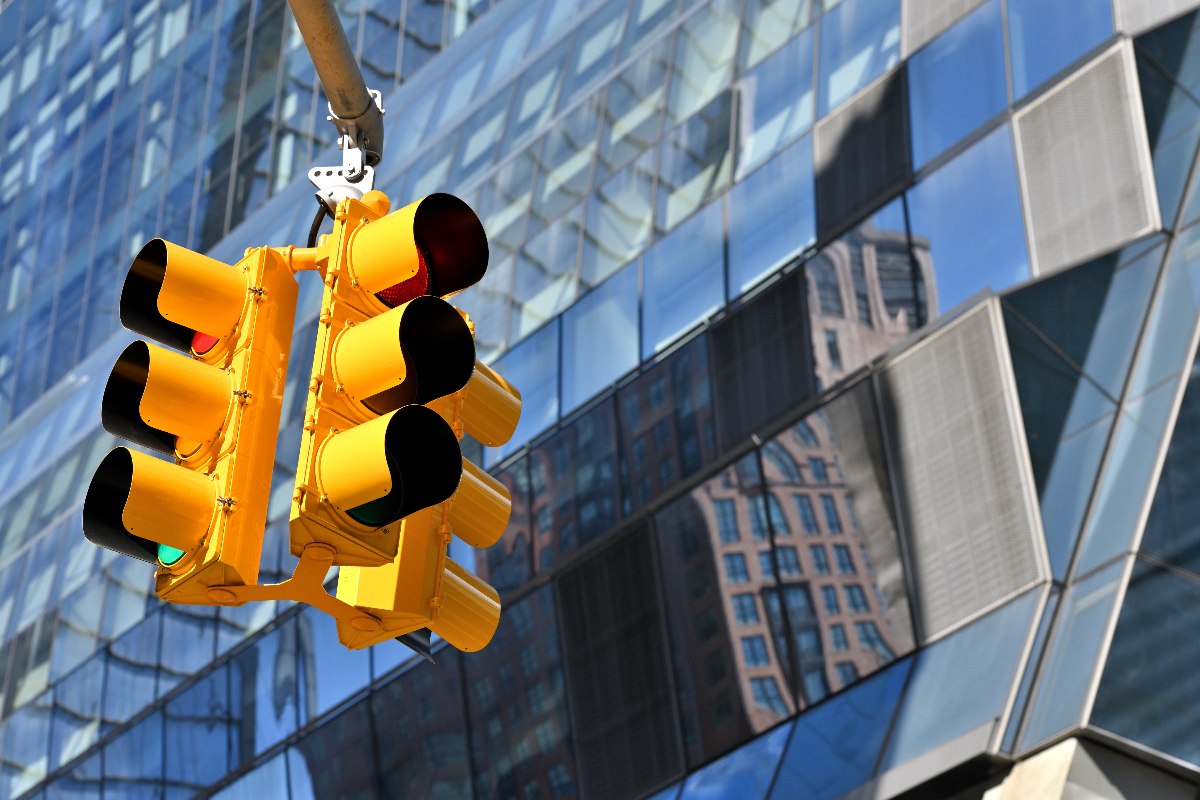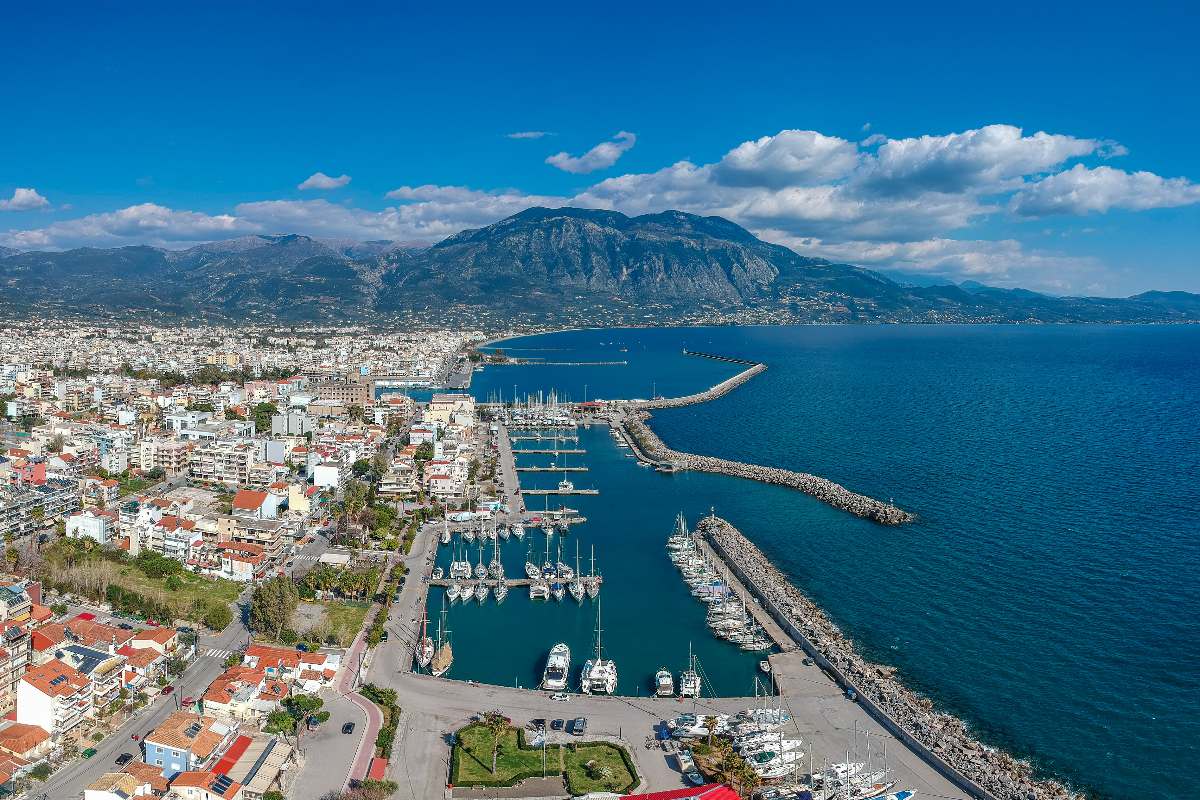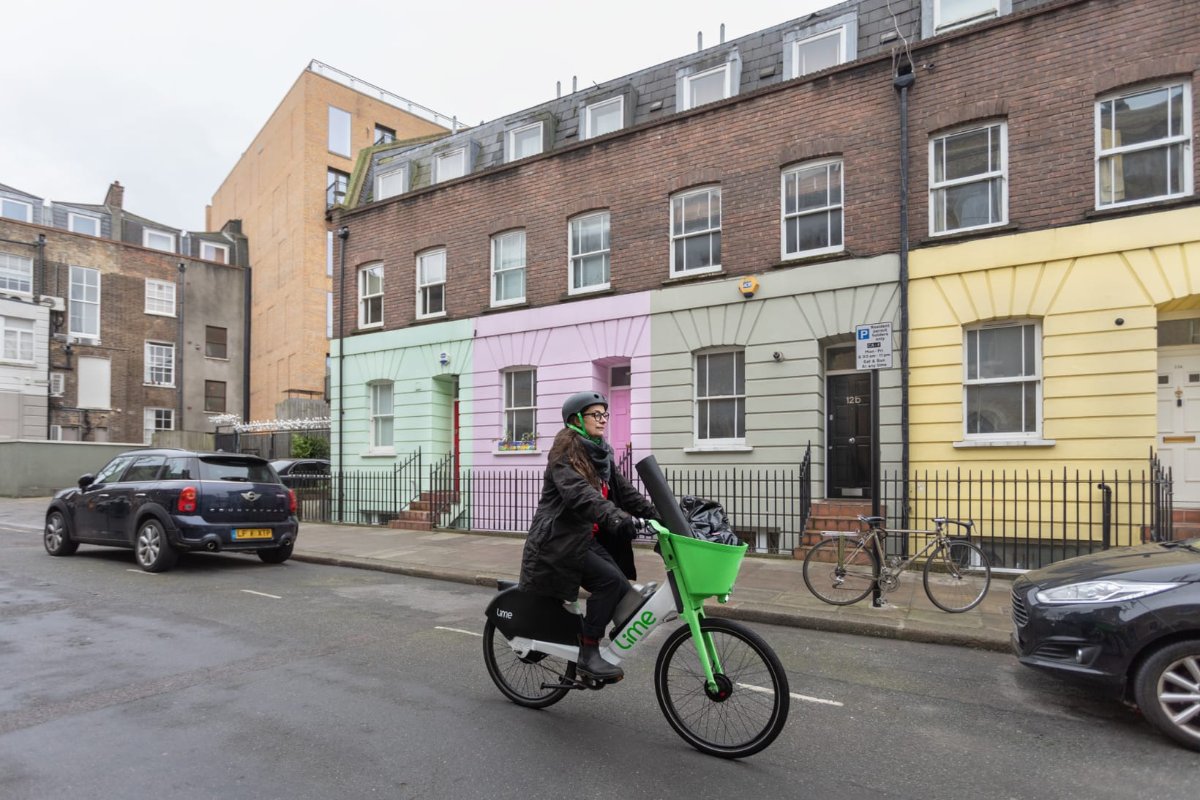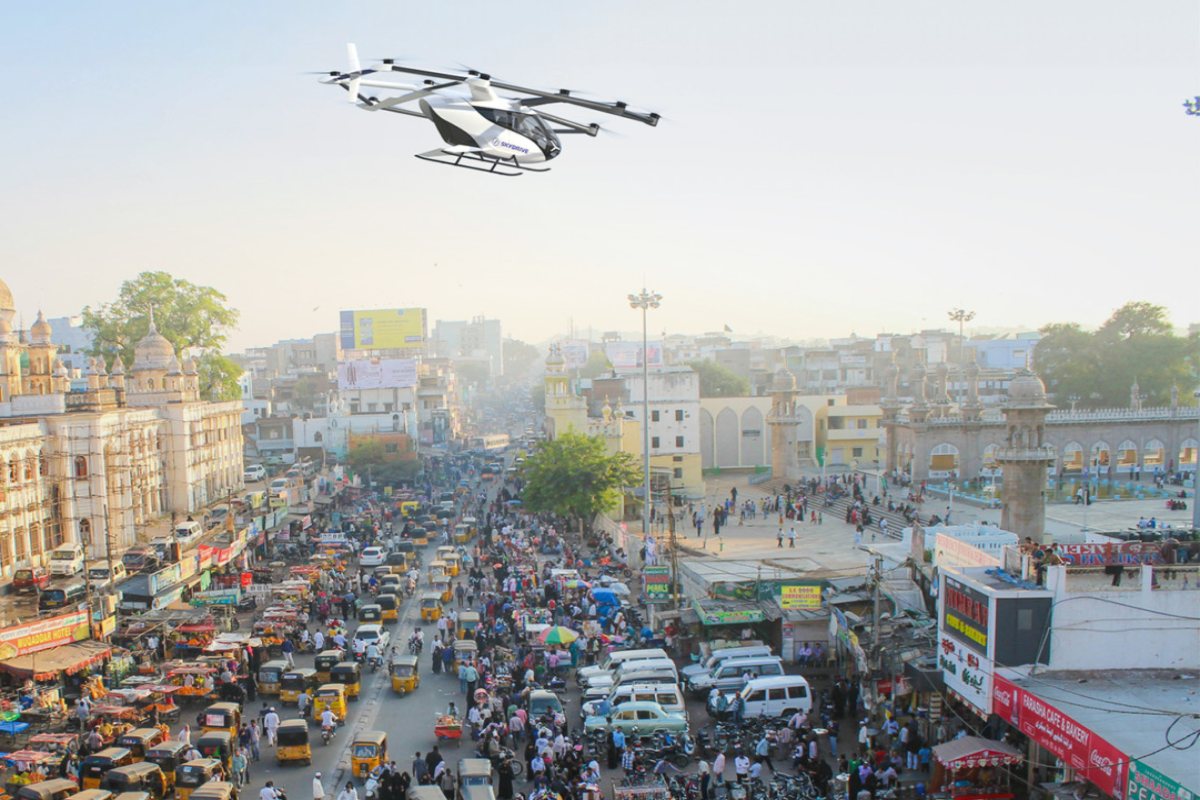Special Reports
SusHi Tech Tokyo 2024: experience ‘Tokyo 2050’ todaySponsored by The SusHi Tech Tokyo 2024 Showcase Program Executive Committee
Cities Climate Action Summit 2024: going green in the built environment
The SmartCitiesWorld Summit, which takes place 26-27 June, will act as a call to action for cities to make the transformation of the built environment a central part of their climate action strategies.
The built environment is crucial for sustainability as cities around the world face the dual challenges of rapid urbanisation and climate change. Buildings and infrastructure have a major impact on energy use, emissions, and urban resilience, and this year’s Cities Climate Action Summit (26-27 June) highlights the built environment as a key theme. The Summit gathers city leaders, policymakers, urban planners, and technology leaders to discuss innovative strategies for making the built environment a vital part of climate action.
Some of the main elements of the discussions are retrofitting, smart buildings, and smart lighting, which are promising ways to lower energy use, increase efficiency, and improve resilience in the built environment.
A focus on retrofitting
Retrofitting existing buildings is essential for urban climate action, as most of today’s building stock will still be in use for many years, meaning that upgrading and improving the energy performance of buildings through actions such as better insulation, energy-efficient heating and cooling systems, and the use of renewable energy technologies is critical. By retrofitting existing buildings, cities can reduce energy use, cut greenhouse gas emissions, and enhance indoor comfort and air quality.
The Summit also focuses on the potential of smart buildings to transform the built environment and make it more sustainable and resilient. Smart buildings use advanced technologies such as sensors, automation systems, and data analytics to monitor and adjust energy use, operational efficiency, and occupant comfort. By using real-time information and control of various building systems, smart buildings can adapt lighting, heating, and ventilation to minimise energy waste and environmental impact while maximising occupant satisfaction.
June’s Summit will see experts come together to discuss how cities can get a head start on retrofitting municipal and public buildings, while setting policy to influence the green credentials of new buildings.
BE PART OF CITIES CLIMATE ACTION SUMMIT 2024
Do you have an urban climate action story to tell at this year’s Cities Climate Action Summit? Find out how you can become a partner by contacting Carlota Da Veiga Pestana, or request an event information pack here.
Smarter lighting, greener future
Both inside and outside of buildings in cities, smart lighting is a key part of sustainable urban infrastructure, with the ability to reduce energy usage and improve safety and liveability. LED lighting, especially, has better energy efficiency, durability, and controllability than traditional lighting technologies. By replacing streetlights, public buildings, and outdoor spaces with LED fixtures and smart lighting controls, cities can achieve significant energy savings, reduce light pollution, and create safer and more attractive urban environments.
These technologies have been central to SmartCitiesWorld’s coverage of the urban environment in recent years, and will be front and centre of the discussions at the Summit, too.
Resilient by design
Besides retrofitting and smart technologies, the Summit will also stress the need to include climate resilience and adaptation measures in the design and planning of the built environment. With the rising frequency and severity of extreme weather events, cities must make resilience a priority to protect infrastructure, buildings, and communities from climate-related risks such as flooding, heatwaves, and storms. This involves actions such as bolstering green infrastructure, using resilient building materials, and decentralising energy systems to improve resilience while lowering environmental impact.
The Summit gathers city leaders, policymakers, urban planners, and technology leaders to discuss innovative strategies for making the built environment a vital part of climate action
The Summit also examines the role of policy and governance mechanisms in driving change in the built environment. Through regulatory incentives, financial mechanisms, and capacity-building initiatives, cities can create a supportive environment for sustainable building practices and encourage collaboration between public and private stakeholders. Discussions at the Summit will highlight the importance of stakeholder engagement and community participation in shaping the future of the built environment, ensuring that climate action initiatives are inclusive, fair, and responsive to local needs and priorities.
As the Cities Climate Action Summit brings together leaders and stakeholders from different sectors and backgrounds, it reinforces the importance of the built environment in tackling the global climate crisis. By adopting innovative solutions such as retrofitting, smart buildings, and smart lighting, cities can take advantage of opportunities to lower emissions, improve resilience, and create healthier, more sustainable urban environments. As urban populations keep growing and climate impacts worsen, the Summit acts as a call to action for cities to make the transformation of the built environment a central part of their climate action strategies.
The full agenda for Cities Climate Action Summit 2024 will be released soon but, in the meantime, you can find out more by clicking the button below for a taste of what’s to come and to register your place.
Cities Climate Action Summit 2024






